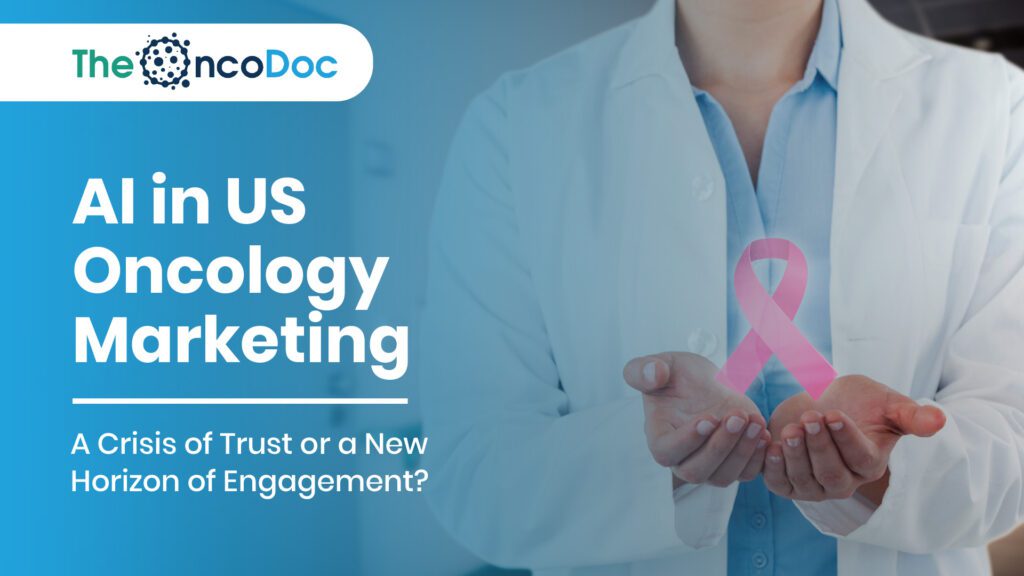Abstract
The integration of Artificial Intelligence (AI) into US oncology marketing is undoubtedly one of the most transformative developments of the decade. With promises of unparalleled personalization, efficiency, and insight, AI tools are reshaping how pharmaceutical companies engage with a critical and highly discerning audience: oncologists. However, the pervasive question remains: Is AI truly delivering on its promise, or are its current applications falling short, even potentially undermining trust? This article critically examines the current state of AI in US oncology marketing, exploring both its undeniable potential to open “new horizons” of engagement and the tangible ways in which it might be “failing” to meet ethical, practical, or trust-based expectations.
We will analyze the dual nature of AI across five key areas: 1) Data-Driven Personalization vs. Perceived Intrusiveness; 2) Efficiency Gains vs. Quality Dilution; 3) Predictive Insights vs. Algorithmic Bias; 4) Omnichannel Orchestration vs. Fragmented Implementation; and 5) Compliance Automation vs. Human Oversight Challenges.
The discussion will incorporate real-world scenarios, data-driven insights, and hypothetical models to illustrate the complex interplay between technological capability and ethical responsibility. This article is designed as an essential guide for pharma managers and medical professionals, urging a balanced perspective that acknowledges AI’s revolutionary potential while confronting its inherent challenges. By addressing these critical tensions, US oncology marketing can strategically navigate the current landscape, mitigate risks, and truly harness AI to build more meaningful, compliant, and impactful relationships in the service of cancer care.
Introduction: The AI Paradox in Oncology Marketing
The pharmaceutical industry, particularly in the high-stakes US oncology market, is in a state of rapid evolution. The sheer volume of scientific breakthroughs, the complexity of novel treatment paradigms, and the increasing pressure to deliver value have made traditional marketing approaches increasingly obsolete. Enter Artificial Intelligence. Heralded as the panacea for all marketing woes, AI promises a future where every oncologist receives precisely the information they need, delivered at the perfect moment, through their preferred channel. The vision is one of hyper-personalized, intelligent engagement, streamlining scientific exchange and accelerating the adoption of life-saving therapies.
Yet, a palpable tension exists. While the “new horizons” offered by AI are exciting, many in the oncology community, both HCPs and pharma professionals, are experiencing the early applications of AI with a mix of optimism and apprehension. Are these AI-powered personalized communications truly valuable, or do they feel intrusive? Is the speed of AI content generation leading to improved relevance or a dilution of scientific rigor? Are predictive insights empowering, or are they built upon biased data that perpetuating health inequities?
This article aims to cut through the hype and critically assess the current state of AI in US oncology marketing. We will explore the paradox of AI: its incredible potential to innovate and enhance engagement (“new horizon”) versus the very real risks and missteps that can undermine trust and effectiveness (“failing”). For pharma managers, understanding this delicate balance is crucial to strategically implementing AI, ensuring it truly serves the mission of improving cancer care rather than merely optimizing commercial metrics.
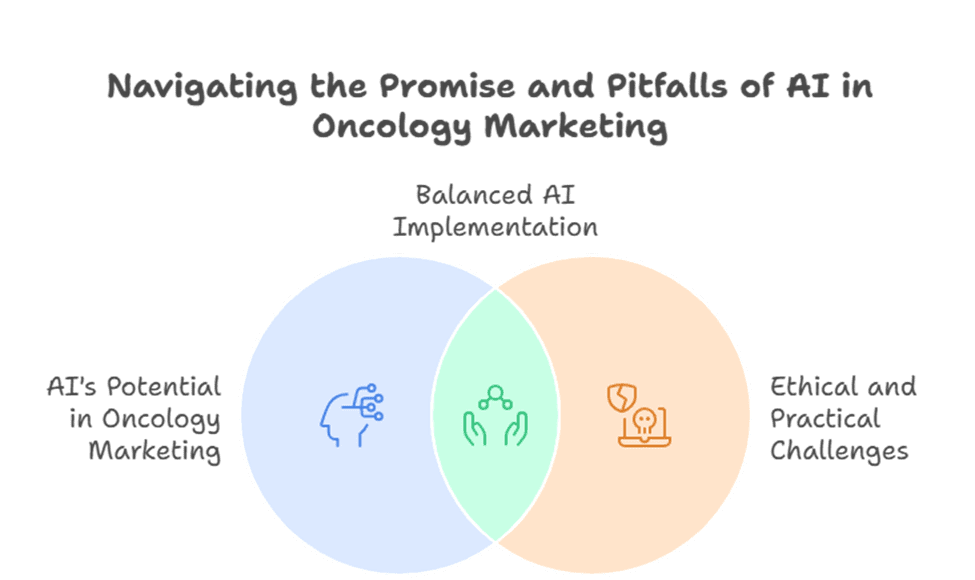
1. Data-Driven Personalization vs. Perceived Intrusiveness
The New Horizon: Hyper-Relevant Engagement
AI’s ability to analyze vast amounts of HCP data (digital footprint, prescribing patterns, sub-specialty, online behavior) allows for unprecedented personalization. Oncologists can receive precisely tailored content—clinical trial summaries relevant to their patient panel, educational modules addressing specific knowledge gaps, or invitations to events featuring KOLs in their niche. A study by a digital health platform demonstrated that AI-driven case study campaigns led to a 61% increase in oncologists requesting detailed case data, highlighting the power of personalization in driving real-world impact.
- Example: An AI detects an oncologist has repeatedly searched for information on novel CAR T-cell therapies for multiple myeloma. It then triggers a personalized email with a concise summary of the latest Phase 3 trial data for a specific CAR T product, linking to a peer-reviewed publication. This feels valuable and respectful of their time.
The Failure: The “Creepy” Factor and Loss of Autonomy
When personalization crosses the line into perceived surveillance or manipulation, it becomes intrusive. Oncologists, like all professionals, value their privacy and autonomy. If the source of personalization is unclear, or the content feels too predictive of their private interests, it can erode trust.
- Example: An oncologist expresses a casual interest in a rare genetic mutation during a webinar. Days later, they receive a flurry of highly specific emails and a sales rep visit solely focused on that niche. This can feel like the AI is “watching” them, leading to discomfort and disengagement.
- The Problem with Opaque Algorithms: If the AI’s logic for personalization is a black box, oncologists may question how pharma knows their needs, leading to distrust.
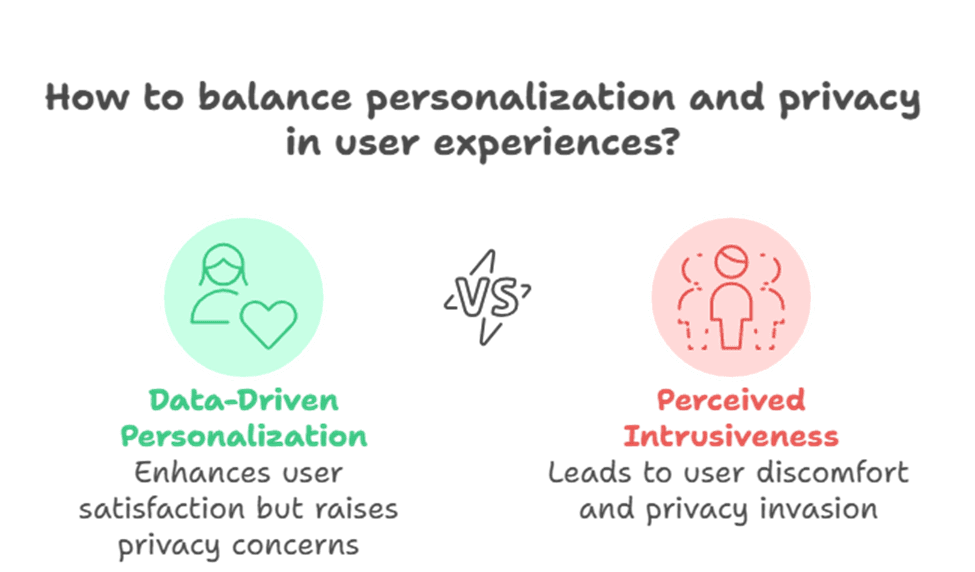
2. Efficiency Gains vs. Quality Dilution
The New Horizon: Rapid Content Creation and Dissemination
Generative AI can dramatically accelerate content creation, from drafting email copy and social media posts to summarizing complex scientific papers. This efficiency allows pharma marketers to react quickly to new data, develop multiple content variations for A/B testing, and maintain a constant flow of relevant information. A recent study found that AI-powered content generation can lead to an estimated 60% time savings on routine marketing tasks.
- Example: A major oncology conference presents groundbreaking data. Generative AI can assist in drafting a compliant news summary and social media posts within hours, enabling pharma to disseminate critical information to oncologists faster than ever before.
The Failure: “Hallucinations,” Scientific Inaccuracy, and Genericism
The speed and scale of AI content generation come with risks. Generative AI models can “hallucinate,” producing factually incorrect but plausible-sounding information. Without rigorous human oversight, this can lead to the dissemination of misinformation, which is catastrophic in oncology. Moreover, over-reliance on AI without human refinement can result in bland, generic content that lacks nuance, empathy, or true scientific depth.
- Example: An AI-generated article, intended for oncologists, includes a fabricated clinical trial result or misinterprets a statistical endpoint. If this content bypasses stringent MLR review or if reviewers are overwhelmed by AI-generated volume, it could undermine trust and lead to incorrect clinical assumptions.
- Lack of Distinctive Voice: If every pharma company uses similar AI tools for content generation, the resulting content risks becoming homogeneous and losing the unique scientific voice and perspective of individual brands.
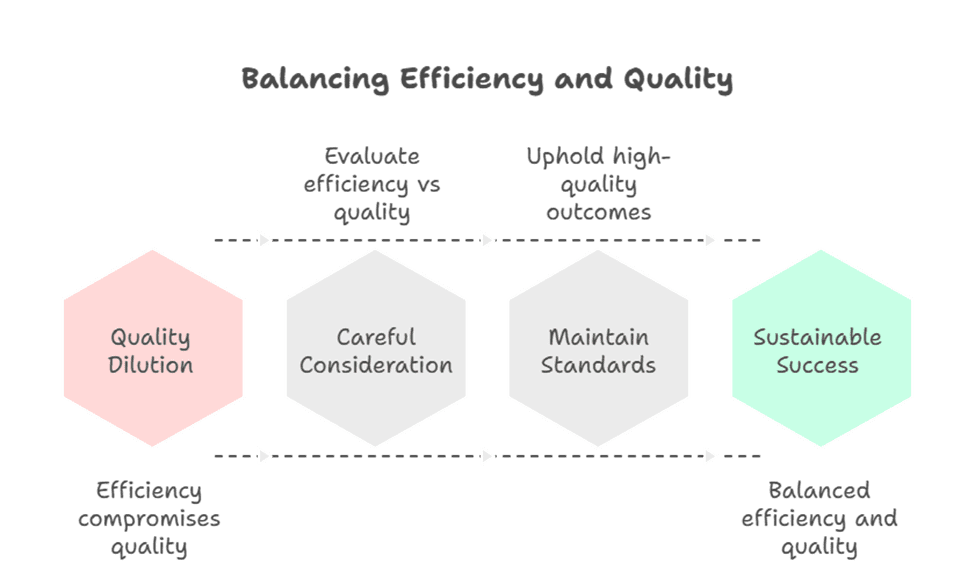
3. Predictive Insights vs. Algorithmic Bias
The New Horizon: Precision Targeting and Health Equity Initiatives
AI’s predictive capabilities can identify specific HCPs most likely to benefit from certain information or resources. It can also identify populations historically underserved or underrepresented in clinical trials, allowing for targeted initiatives to improve health equity and trial diversity.
- Example: An AI model identifies a cluster of community oncologists in rural areas who treat a high volume of a specific cancer type but have historically low rates of prescribing a new, highly effective targeted therapy (due to knowledge gaps or access issues). Pharma can then deploy a focused educational program to these HCPs, directly addressing a known health disparity.
The Failure: Perpetuating and Amplifying Health Inequities
If AI models are trained on historical data that reflects existing systemic biases (e.g., lower historical prescribing rates for certain demographics, or underrepresentation in clinical trials), the AI can inadvertently learn and perpetuate these biases. A key finding from a study on AI in healthcare noted that models trained on skewed data can fail to perform well across diverse patient populations. This can lead to certain populations or HCPs serving them being overlooked by marketing efforts, widening health disparities.
- Example: An AI model, trained on historical data, learns that oncologists in predominantly minority-serving institutions prescribe a new, expensive therapy less frequently. Without careful bias mitigation, the AI might then deprioritize these oncologists for engagement, further entrenching the disparity, even if the therapy is clinically appropriate for their patient population.
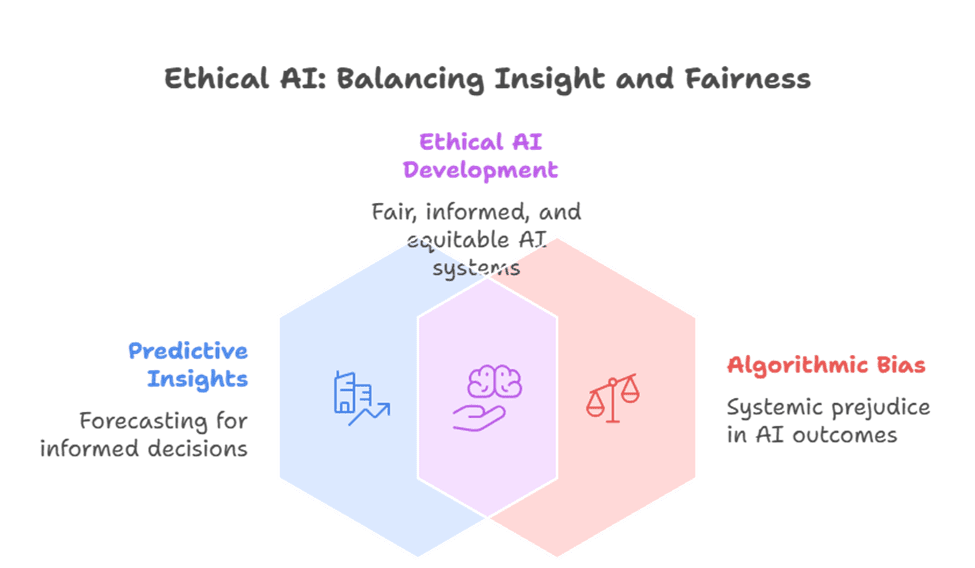
4. Omnichannel Orchestration vs. Fragmented Implementation
The New Horizon: Seamless, Cohesive HCP Journeys
AI can act as the central brain for omnichannel engagement, coordinating interactions across all channels—digital, in-person, and virtual. This creates a seamless, consistent, and personalized journey for each oncologist, where every touchpoint is informed by previous interactions.
- Example: An oncologist engages with a white paper on a company’s website. AI flags this interest. The next sales rep visit is then informed by this interaction, with the rep provided specific talking points related to the white paper. A follow-up email offers a relevant webinar invitation. This feels like a cohesive conversation.
The Failure: Siloed Systems, Integration Challenges, and Inconsistent CX
Achieving true omnichannel orchestration requires deep integration across numerous legacy systems, departments (marketing, sales, medical affairs), and data platforms. Many pharma companies struggle with this, leading to fragmented AI implementations where different channels use different AI models, resulting in an experience that is still disjointed or even contradictory. A 2024 survey showed that over 70% of pharma companies still face significant data silos, hindering their ability to implement a unified AI strategy.
- Example: One AI system manages email personalization, while another drives website recommendations, and a third informs sales calls. If these systems don’t communicate effectively, an oncologist might receive a website recommendation for content they just discussed with a rep, or an email about a product they’ve already extensively researched, leading to frustration.
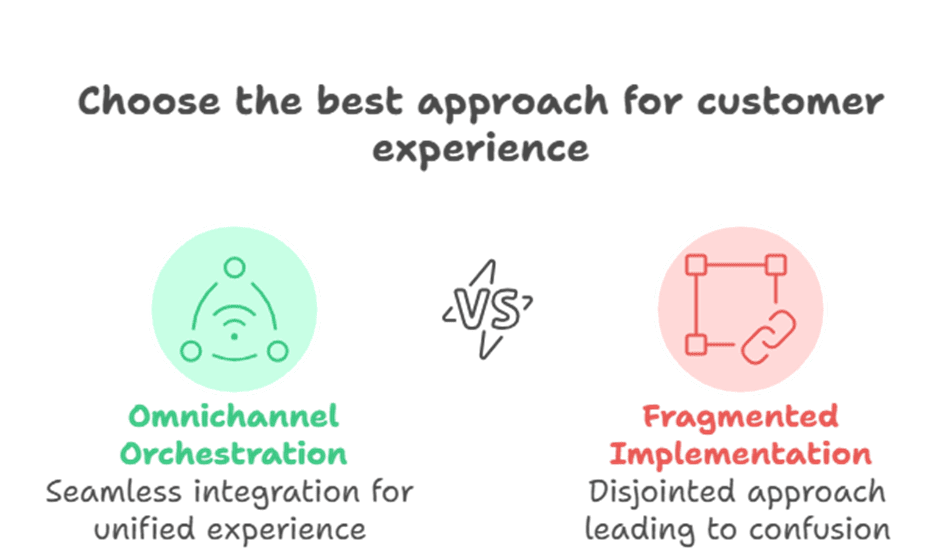
5. Compliance Automation vs. Human Oversight Challenges
The New Horizon: Accelerated MLR Review and Risk Mitigation
AI can play a crucial role in accelerating medical, legal, and regulatory (MLR) review processes by pre-screening content for compliance risks, flagging unapproved claims, or ensuring all necessary disclaimers are present. This speeds up content deployment and reduces the burden on human reviewers. It is estimated that AI-powered solutions can reduce MLR review time by up to 50%.
- Example: An AI tool, trained on a company’s extensive library of approved content and regulatory guidelines, quickly identifies a potentially off-label phrase in a draft social media post, preventing a compliance issue before it even reaches a human reviewer.
The Failure: False Sense of Security and Undermined Accountability
Over-reliance on AI for compliance can create a false sense of security. AI is a tool, not a legal expert. It can miss nuanced compliance issues, especially with rapidly evolving regulations or complex scientific claims. Furthermore, if AI generates non-compliant content, determining accountability becomes complex.
- Example: A generative AI drafts a promotional piece that subtly misinterprets a nuance of a clinical trial endpoint, making an unapproved implied claim. An over-trusting human reviewer, relying heavily on the AI’s “pre-vetted” status, might miss this subtle error.
Conclusion: Charting a Principled Course Towards the AI Horizon
The integration of AI into US oncology marketing presents a profound paradox: it offers an unparalleled “new horizon” of personalized, efficient, and insight-driven engagement, yet it also carries significant risks that could lead to “failures” in ethics, trust, and even clinical accuracy. For pharma managers, the challenge is not to choose between embracing AI or rejecting it, but to navigate this complex landscape with strategic foresight and an unwavering commitment to ethical principles.
To truly harness AI’s transformative power and avoid its pitfalls, pharma must adopt a balanced, proactive approach:
- Prioritize Trust and Transparency: Be explicit with HCPs about how AI is used to personalize their experience. Implement Explainable AI (XAI) where possible, and ensure a human is always in the loop.
- Embed Ethics by Design: Integrate ethical considerations (bias mitigation, privacy safeguards, autonomy checks) into the very architecture and training of AI models, rather than treating them as afterthoughts.
- Invest in Human Oversight and Expertise: AI should augment, not replace, human intelligence. Empower compliance teams, medical reviewers, and marketing strategists with the skills to effectively audit, refine, and direct AI tools.
- Demand Data Quality and Diversity: The quality of AI is directly tied to the quality and representativeness of its training data. Proactively work to diversify data sources and continuously audit for historical biases.
- Foster a Culture of Continuous Learning: The AI landscape is rapidly evolving. Implement a “test-and-learn” culture that includes rigorous ethical review, and be prepared to adapt strategies and models as new insights emerge.
The future of US oncology marketing is undeniably intertwined with AI. By confronting the ethical dilemmas head-on and making deliberate choices to prioritize trust, transparency, and patient well-being, pharma can ensure that AI truly ushers in a new horizon of meaningful engagement, ultimately serving the noble mission of advancing cancer care. Failing to do so risks not just commercial setbacks, but a profound erosion of the trust that underpins the entire healthcare ecosystem.
The Oncodoc team is a group of passionate healthcare and marketing professionals dedicated to delivering accurate, engaging, and impactful content. With expertise across medical research, digital strategy, and clinical communication, the team focuses on empowering healthcare professionals and patients alike. Through evidence-based insights and innovative storytelling, Hidoc aims to bridge the gap between medicine and digital engagement, promoting wellness and informed decision-making.

